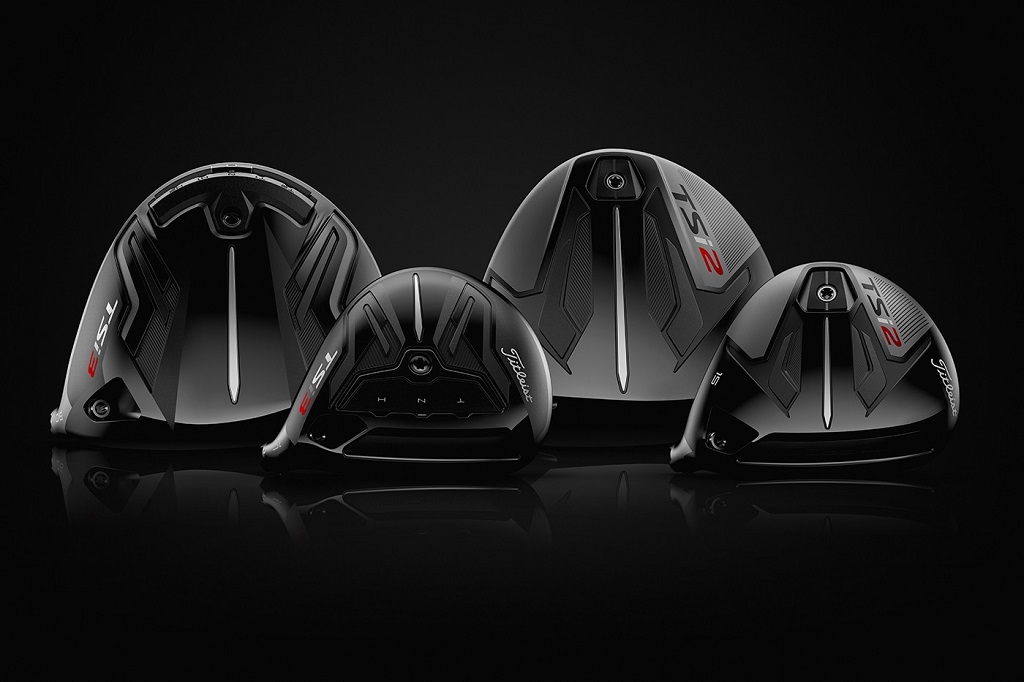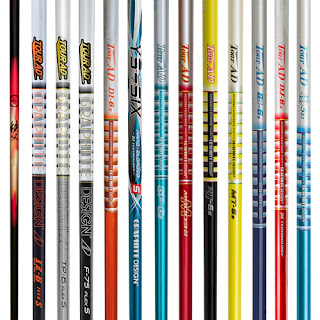The R&A and USGA have just stopped short of declaring all out war on the distance golfers hit it off the tee. They've put the driver in a box; quite literally regulating every aspect of the club - the springiness of the clubface, the length of the shaft and the size of the clubhead. And yet, the manufacturers somehow manage to make drivers that hit the golf ball further every year.
How do they do it?
It's a combination of taking advantage of exotic new materials and innovative manufacturing processes.
We recently featured the Krank Formula X driver. The USGA legal head is completely forged from Beta titanium, a not-so-new, pricier alloy that offers more elasticity and tensile strength that is forged then shaved down so its CT value is right on the legal limit. Other manufacturers have followed suit with their own unique alloys.
Titleist just launched their TSi2 and TSi3 drivers. These all titanium heads use a special titanium alloy called ATI-425 from a company called Allegheny Technologies, Inc. The alloy allows Titleist to make the face thinner to reduce weight while increasing the clubface's overall elasticity without compromising durability.
Both clubheads are tested at multiple times during the manufacturing process to make sure the faces conform to the rules of golf. Another result of this diligence is that the quality of either clubhead far surpasses that of their predecessors.
Compared to other titanium alloys, ATI-425 offers modest increases in tensile and yield strength and a massive increase in ductility. Titleist is currently the only golf company that uses the alloy.
Other refinements result in double-digit increases in both clubs' moment of inertia numbers, making both clubheads more stable at impact resulting in less loss of inertia on mishits.
Ping is another company that's made judicious use of new material technology. The new trio of Ping G425 driver heads use forged T9S+ forged face inserts. This alloy was actually introduced in the G410 line of drivers and is heat treated to make it strong enough to stand up to the punishment that golfers subject it to.
Other refinements to the clubhead, especially a larger 26-gram weight in both MAX and SFT heads (17-grams in the LST), move the center of gravity even lower and further back than in the G410 series, increasing the stability of what were already some of the most stable clubheads in the game.
Shafts are the other area that has greatly benefited from materials technology. New formulations of prepreg, nanotechnology, integration of other materials into the shaft architecture and unique weaves are now the norm in the high performance shaft game. If you ever wondered why after market shafts demand the price tags, they do, wonder no more.
Speaking of price, we're all going to have to pay for this technological goodness. The new Titleist TSi drivers cost $550 each and if you want an aftermarket shaft in your big stick, that will tack on another $200. A bargain, really, considering these shafts retail for somewhere in the neighborhood of $400 a pop. Still pricey to be sure, but still far less than the high end brand drivers from Beres, Honma, Majesty or the other Japanese exotics.
Is it worth it? Only you can be the judge of that.










